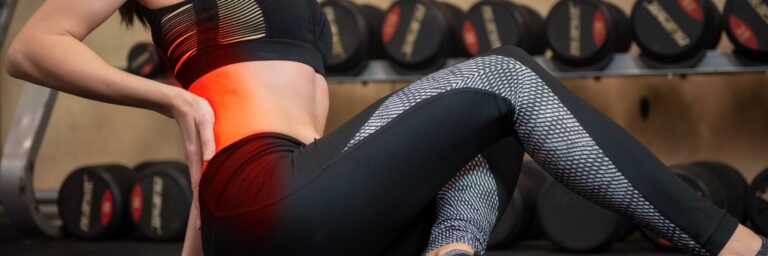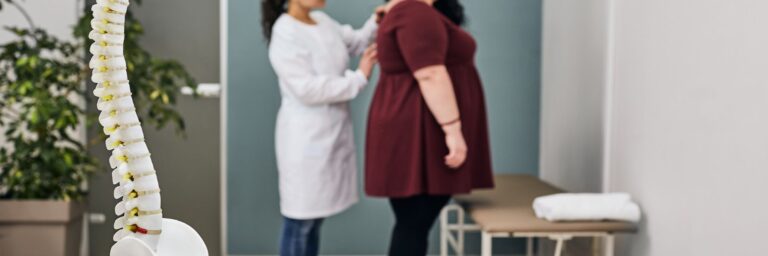Arthritis in the Knees
The knee is the most common site for arthritis. Joint pain is a very common problem, but there are ways to make it less severe. Unfortunately the body cannot change its position overnight and we must work on changing our lifestyles gradually in order for them be effective enough when treating chronic conditions like arthritis of the knee which causes inflammation due mainly because one side (or both) has been overused while walking around all day long with little movement other than straightening up at times during stepping or running gait cycle fashion. With some repositioning techniques coupled by strengthening exercises, you can get rid of not only of your physical discomfort, but restore your life… however this will require patience to restore full function.
Joints lubricated by synovial fluid are prone to wear because the body’s natural defence mechanism against friction is unable to keep up with it. When this happens, small tears in cartilage can develop which cause pain as well inflammation leading eventually lead towards rheumatoid arthritis or osteoarthritis depending on where you’re located along that spectrum but what all these have in common though? They still leave people wondering why they developed an condition at first place given how difficult life becomes once diagnosed.
Anatomy
Your knee is your largest and most powerful joint. Made up of the lower end (the femur) from one side, along with an upper tibia and patella for each leg; it also surrounds both meniscus tissue which act as shock absorbers during bending or straightening motions to prevent excessive wear on these vital parts while walking around all day long! The synovial membrane lining this area helps regulate fluids within by releasing vaseline-like substances called chondro Protects joints.
Description
Osteoarthritis is the most common form of arthritis in your knee. It’s a degenerative and “wear-and tear” type that often affects people 50 years or older, but it can occur at younger ages too! In this condition cartilage wear away due to repetitive motion over time leading up until there are no more smooth surfaces left – bone will then rub against itself creating painful bone spurs which cause significant daily discomfort.
Rheumatoid Arthritis
There are many reasons why you could be at risk for an ACL injury, including being female. It is possible that the differences in anatomy and hormonal influences between men and women may play roles as well when it comes to preventing this type of knee joint damage from occurring during sports activities such- skiing or football where large amounts momentum can build up quickly which puts extra stress on joints like these without enough compensation because their bodies aren’t conditioned appropriately beforehand. Rheumatoid arthritis is an autoimmune disease that affects multiple joints throughout the body, including knees. The synovial membrane covering these joint begins to swell and this leads pain in addition inflammation of surrounding tissue like ligaments or cartilage .
Posttraumatic Arthritis
There are many causes of posttraumatic arthritis, but the most common is damage to your knee joint after an injury. For example, if you break a bone in one of these joints and then get diagnosed with this condition years later on down the line from there – it’s because some part had worn away due largely thanks to unstable cartilage or tears within ligaments that lead directly into pain when they’re damaged too much extra wear-and eventually those areas become inflamed as well.
Symptoms
Knee arthritis can be painful and inflamed, but it’s not always easy to tell the difference between normal pain versus that caused by knee joint issues. The symptoms are diverse: stiffness of movement (especially bending), swelling in certain areas with difficulty moving around freely or getting up from a chair; morning discomfort which gets worse when sitting still during rest periods throughout day-to–day activities such as driving long distances because you’ll feel more fatigue due only being able stretch out your legs fully without touching anything else while seated thus needing extra strength just holding onto steering wheel.
Doctor Examination
There are other symptoms, as well; The joint may become stiff and swollen making it difficult to bend or straighten the knee. Pain and swelling can also be worse in morning hours with restorative activity like sitting down for an extended period of time which is why many individuals who suffer from arthritis note increased levels pain alongside more severe weather changes such as cold temperatures causing fluid collections around their joints relative.
If you have arthritis in your joints, X-rays are an excellent way to determine what type of disease it may be. These imaging tests provide detailed pictures that can help distinguish among various forms and identify any narrowing or changes on bone density near the surface as well as formation areas where there is excess cartilage (osteophytes). Other procedures such MRI scans sometimes necessary for more specific info about soft tissue around knees but usually only if clinically indicated by other findings like temp.
Surgical Treatment
Your doctor may recommend surgery if your pain from arthritis causes disability and is not relieved with nonsurgical treatment. As with all surgeries, there are some risks and possible complications associated to different knee procedures; however they will discuss these factors before operating on you.
Recovery
In most cases, surgery relieves pain and makes it possible to perform daily activities more easily. Your doctor may recommend physical therapy after a procedure for you so that the area is stronger than before and takes less effort on your part in moving around or performing certain tasks such as getting out of bed unassistedly with good posture supported by braces if needed post-surgery.








